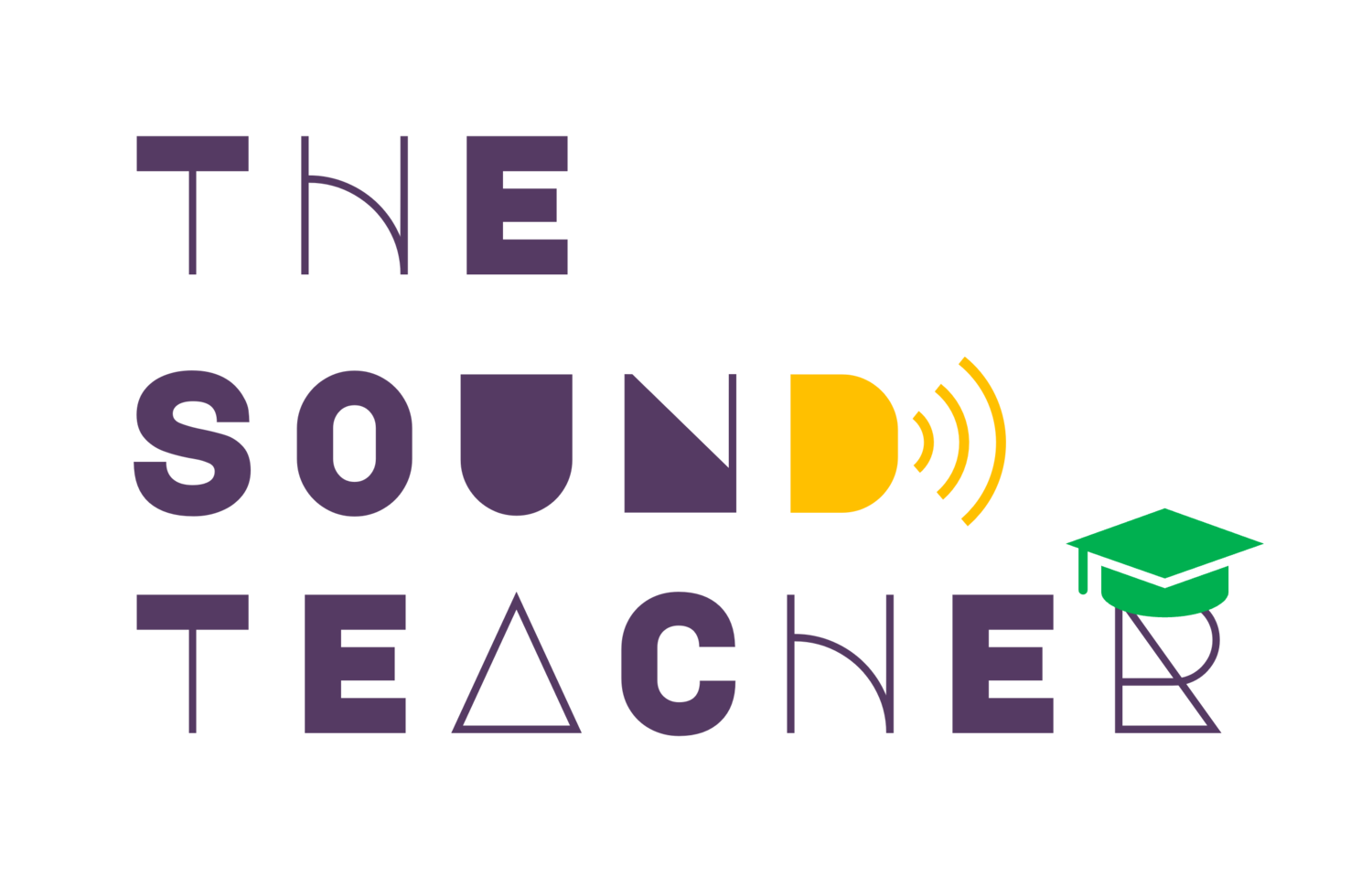ADHD and the Tomatis® Method
How might the Tomatis® Method of sound stimulation support your ADHD diagnosis?
Definition: ADHD (attention deficit hyperactivity disorder) is marked by challenges in the brain's self-regulation, leading to issues with managing impulses, maintaining focus, and staying organised.
Therapy: ADHD treatment helps enhance focus, control impulses, and manage hyperactivity or inattention for improved daily functioning.
Support: The Tomatis® Method is a gentle neurosensory training technique involving the ear, brain, and body that can support ADHD treatment.
Personalised listening programme
Listening therapy is done in your own home via your personal Maestro headphones.
Typical listening intensives are 14 days / 1 hour daily and can fit around normal routines.
What does ADHD look like?
ADHD presents specific challenges that affect everyday functioning.
Image source: studyingnurse.com
Inattentive ADHD (ADD)
Making careless errors and missing details
Trouble maintaining focus
Not paying attention when spoken to
Not completing tasks or following instructions
Difficulty organising activities
Avoiding mentally demanding tasks
Often losing important items
Easily distracted by surroundings
Forgetting everyday responsibilities
Hyperactive-Impulse ADHD
Restless movements like fidgeting or squirming
Leaving seats unexpectedly
Being constantly active
Talking too much
Answering too quickly
Difficulty waiting turns
Interrupting others
Combined type ADHD
Is diagnosed when a person shows at least six symptoms of both inattention and hyperactivity-impulsivity.
Males tend to show more hyperactive symptoms, while females often display inattentive ones.
Consequently, males are diagnosed more often as their symptoms are easier to recognise.
Disclaimer: This information is for educational purposes only and does not constitute medical advice. ADHD should only be diagnosed by a specialist psychiatrist, paediatrician or other appropriately qualified healthcare professional. See NICE (National Institute for Health and Care Excellence) guidelines for ADHD diagnosis here
ADHD and related conditions
ADHD frequently coexists with behavioural, mood, and other conditions like anxiety, sleep disorders, substance use, autism, learning difficulties, speech issues, and Tourette's syndrome.
ADHD and the brain
Brain networks have trouble shifting gears.
Different brain areas work together through neural networks to manage tasks like attention and reading. In ADHD, some networks develop slower or function less well, causing difficulties with focus, decision-making, and impulse control.
Brain chemicals may struggle
to get the
message across.
Brain networks use neurons that send chemicals called neurotransmitters across gaps. In ADHD, this process can be affected if neurons release too little, struggle to receive, or quickly reabsorb these chemicals.
Image source: understood.org
The Tomatis® Method and ADHD
Complementary: The Tomatis® Method of auditory stimulation is an alternative therapy that may aid in ADHD treatment and assist in addressing various challenges to enhance everyday functioning.
Support a range of ADHD challenges.
Listening: The Tomatis® Method targets various Zones of Listening. Selecting particular music allows us to impact Zone 1 - Body, Zone 2 - Language, and Zone 3 - Energy.
Listening to filtered and modulated sounds stimulates the auditory system, encouraging improved engagement and more effective processing.
The Tomatis® Method is based on Zones of Listening.
The Tomatis® Method uses auditory Gating®
This switch between music channels - Channel 1 and Channel 2 - occurs at 800Hz.
Sound matters with ADHD
The Tomatis® Method uses sound-based techniques designed to activate and harmonise the auditory system. Click on the following examples to see how the music and filters are adjusted for different challenges associated with ADHD.
-
Keeping the music in both channels at low frequencies between 125Hz and 1000Hz can impact Zone 1 to assist sensory processes.
-
Broadening Channel 2 into the higher frequencies all the way up to 16,000Hz can boost energy and brain arousal.
-
Focusing on Zone 3 - Energy might be required to deliver the stimulation needed to the brain, which can help reduce physical hyperactivity.
-
Concentrating on Zone 2 - Communication aids language processing, helping individuals express themselves more clearly. Using the microphone is also key.
-
Working on Zone 1 - Body helps with grounding, whilst a simultaneous boost in Zone 3 - Energy helps develop executive functions such as decision making.
Well-tuned listening can change your life
The Tomatis® Method can be used by people of all ages and consists of listening to specially altered music, which can be conveniently done at home.
The listening typically includes three 14-day sessions, spaced about six weeks apart to allow clients time to adjust to the changes.
Outcomes differ for each person based on their specific challenges, symptom severity, and how well they respond to the method. Frequently, small improvements can be seen after just one session.








